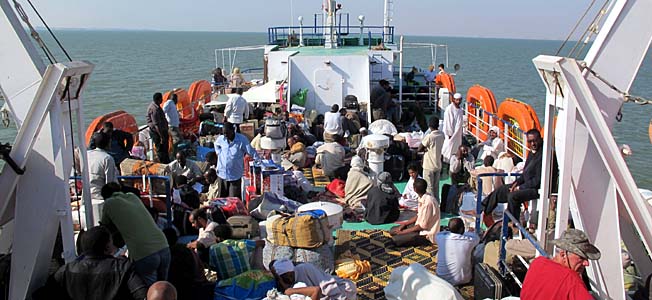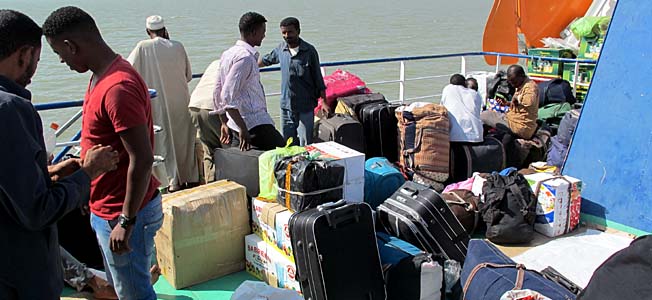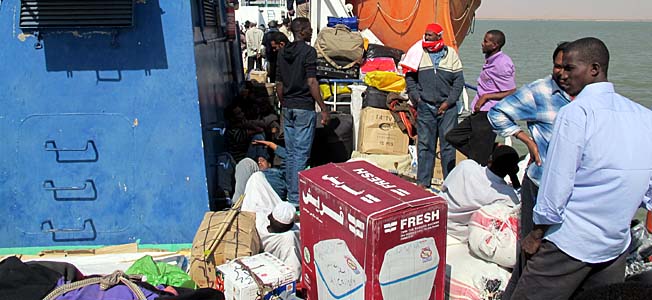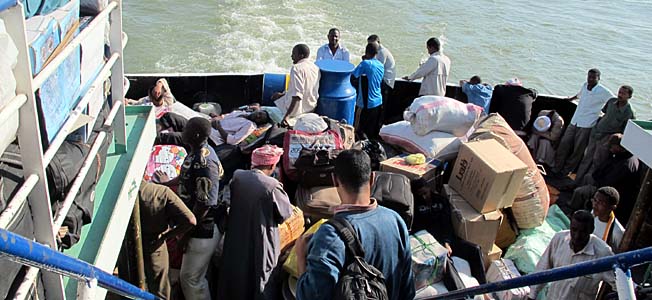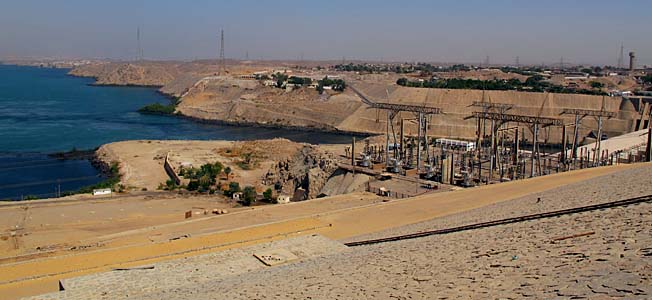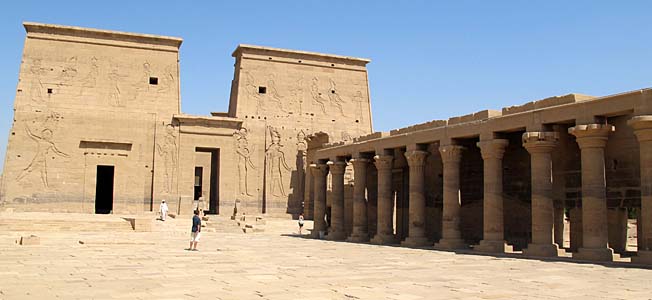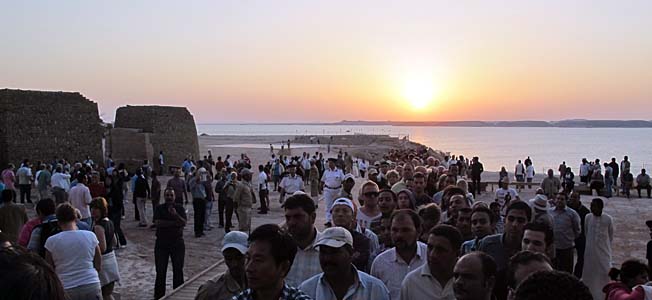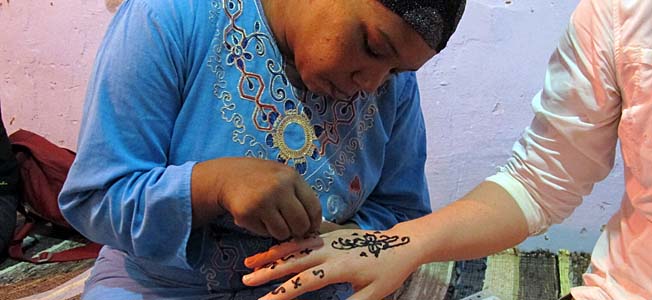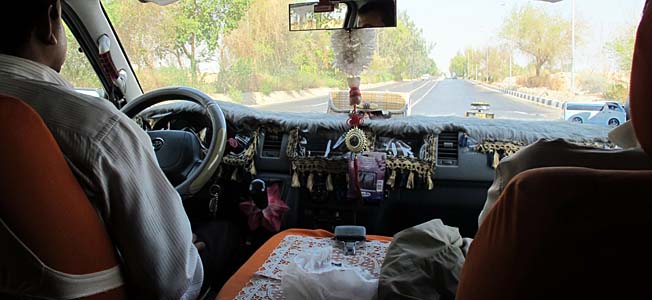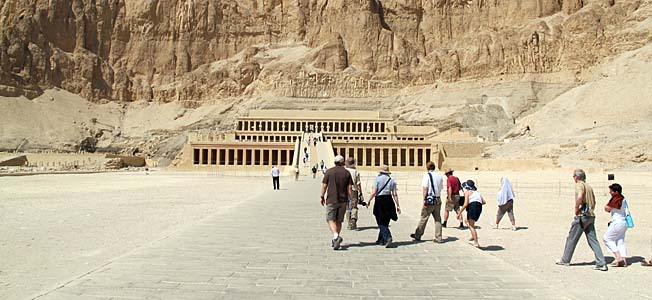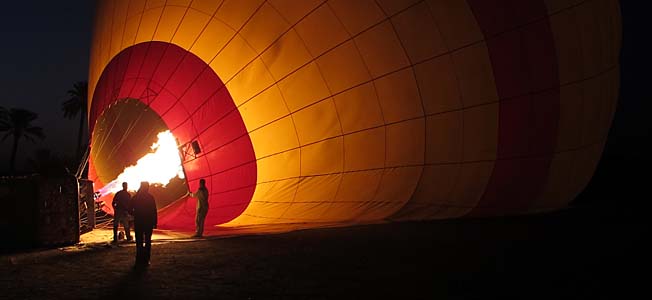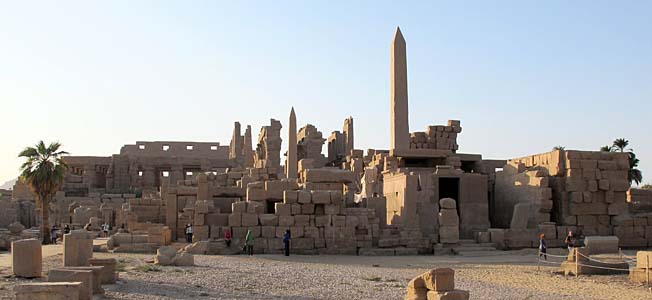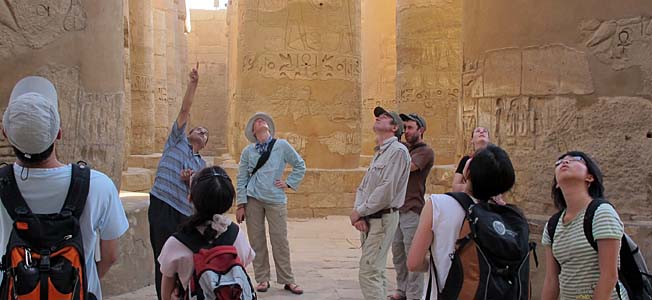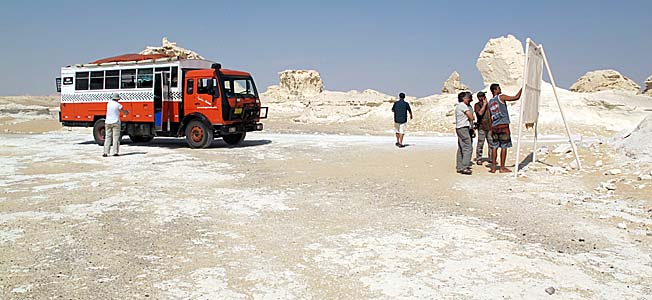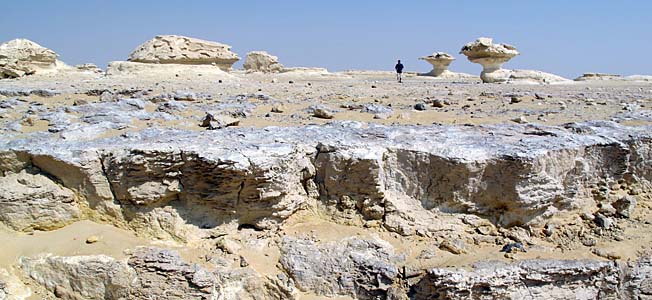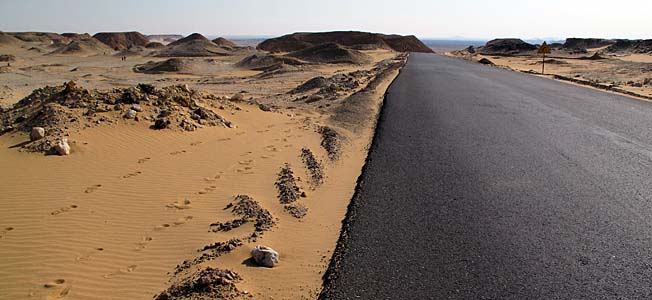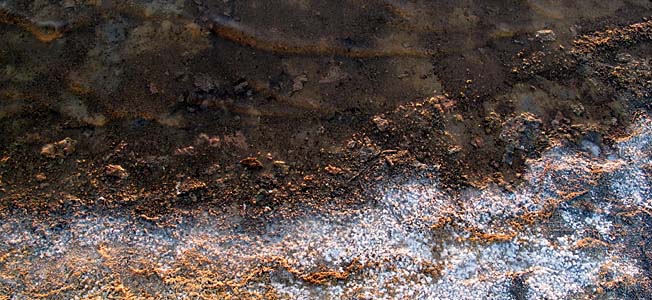Ferry Boat Ride from Aswan to Wadi Halfa
We needed to leave the hotel at 12am and so I used the morning to finish the setup of my notebook. I called the Adobe support in Germany hoping to receive a download link for the Photoshop version I’ve purchased in spring this year. However, they were not flexible at all and the only solution they offered me was a download link for the Adobe Master Collection which is a collection of all major Adobe software products I have licensed, including Photoshop. While the Photoshop download is 1GB and might have been manageable during the duration of my travel, the 10GB download of the Master Collection is definitely not. So I forgot the idea to use my licenced software and will use a workaround until I return home for a few days in the first week of January.
Before leaving for the ferry boat at noon I spent my remaining Egyptian Pounds on Mango juice. It took us 30 minutes by minibus to drive down to the ferry boat and another two hours to get onto it. The whole boarding procedure was very crowded and we had to push us through a crowd of locals. Luckily our reserved “first class cabins” were available so we had some private space to hide from the sweating crowd. “First class cabin” is also not what you might imagine. There is one bunk bed per cabin with a blanket which has not been washed in ages. Despite that the cabin was completely empty and far away from the hygienic standards you are used to in Western civilization. So I rolled out my sleeping bag to have a clean space to sleep. The special highlight was the shared toilet of which you can find a picture on the Oct 25 posting. There was actually water standing on the floor of the toilet which was deeper than my flip-flops were high so that going to the toilet was an acrobatic act to not get too wet or dirty.
Since I stayed up late the night before I had a little nap in my cabin lasting from 2pm to 5:30pm when the ferry boat was departing. Shortly before departure we observed that the other boat with our truck was departing as well. This was a bit annoying since we were requested to hand in our truck three days before our own departure which was then shifted to two days before departure. So basically our truck did not move forward after we had handed it in two days ago.
In the evening I went for a walk across the boat which was a tiny bit scary since the boat was crowded with black men starring at you at all times. The guidebook of one of my fellow travellers states that Sudan is visited by approx. 1,000 travellers a year mainly flying into the capital Khartoum so you can imagine which attraction white women are. Most of the local passengers I saw on the boat were male. They were carrying lots of luggage which they either seem to use for trading or these are goods which are hard to get in Sudan. I saw for instance one local guy who was travelling with a washing machine. Due to the huge amount of luggage the boat looked more like a boat full of trash than a passenger ferry boat.
On the deck I met the Dutch motorbike traveller Lorenzo I’ve previously met in Luxor. There were also approx. 10 other travellers including a Brazilian couple travelling on a motorbike around the world and a Dutch couple with their three kids. They have taken their kids in the age between 13 and 17 out of school to travel around the world. In order to do so they are home-schooling their kids who take yearly exams back home. This was very interesting to experience since I never thought about such an option. All Western travellers were already on the ferry boat since the early morning to reserve some space underneath a rescue boat. It seemed that this space of approx. 2×6 meters was declared Western territory and most of the locals seemed to accept this and did not try to hang out there.
Some of the locals were smoking Marihuana and towards the night the crowd became calmer. Before going to bed I exchanged my meal ticket against the only option of strange looking beans, some uncooked vegetables and bread. I only ate the bread to have something to fill my stomach in order to take my Malaria pill.
Regarding the cost of the ferry boat ride I’ve heard that it is quite expensive, e.g. just shipping over the truck costs around 1,000 US dollar. I don’t know how much the average local passenger paid for this 18 hour long ferry boat ride but taken into account that this is the only legal option to travel from Egypt to Sudan and that there is only one ferry boat a week it must be very expensive for them as well.

